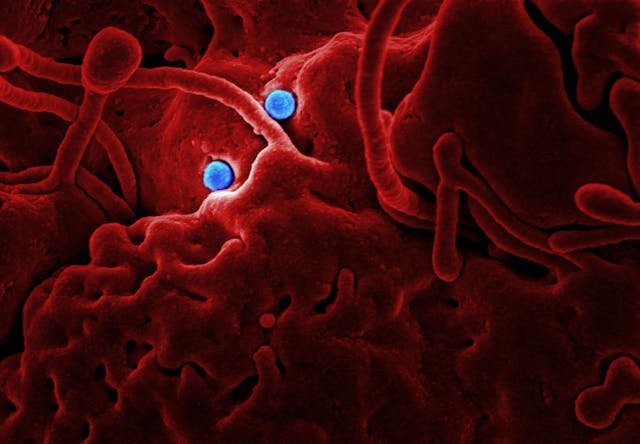Last Updated on March 9, 2024 by Nasir Hanif
In recent years, the field of medicine has witnessed groundbreaking advancements that promise to change the way we treat diseases and deliver therapies. One such revolutionary development is the advent of nanomedicines. These miniature marvels are poised to transform the landscape of healthcare by allowing us to target diseases at the molecular level. In this article, we will delve deep into the world of nanomedicines, exploring their applications, benefits, and potential to reshape the future of medicine.
Table of Contents
1. Introduction to Nanomedicines
Nanomedicines are a revolutionary branch of medical science that involves the use of nanotechnology to diagnose, treat, and prevent diseases at the molecular level. These tiny particles, often at the nanoscale (1 to 100 nanometers), offer unique advantages due to their size and properties.
2. How Nanomedicines Work
Nanomedicines can work in various ways, such as targeted drug delivery, imaging, and therapy. They can be designed to interact with specific cells or tissues, delivering drugs precisely where they are needed while minimizing side effects.
3. Types of Nanomedicines
There are several types of nanomedicines, including nanoparticles, liposomes, and nanotubes, each designed for specific applications. These versatile platforms provide researchers with a wide range of tools to tackle different medical challenges, including the use of inorganic nanoparticles.
4. Advantages of Nanomedicines
Nanomedicines offer numerous advantages, including increased drug solubility, enhanced drug stability, and reduced toxicity. They can also improve the bioavailability of drugs and reduce the need for frequent dosing.
5. Applications in Cancer Treatment
One of the most promising applications of nanomedicines is in the field of oncology. These tiny carriers can target cancer cells precisely, making chemotherapy more effective while minimizing damage to healthy tissues.
6. Targeted Drug Delivery
Nanomedicines excel in targeted drug delivery, ensuring that medications reach their intended destinations with pinpoint accuracy. This approach is a game-changer for chronic disease management.
7. Nanomedicines in Imaging
Nanoparticles can be engineered to enhance medical imaging techniques, allowing for early disease detection and precise monitoring of treatment progress. This is particularly relevant in fields like nanotechnology in dermatology, where accurate imaging can lead to better diagnoses and treatments.
8. Challenges and Concerns
Despite their immense potential, nanomedicines face challenges related to safety, manufacturing, and regulatory approvals. Researchers are diligently working to address these issues.
9. Regulatory Approval and Safety
Ensuring the safety and efficacy of nanomedicines is a critical aspect of their development. Regulatory bodies worldwide are working to establish guidelines for their approval.
10. Future Prospects
The future of nanomedicines is bright. With ongoing research and development, we can expect even more groundbreaking applications and improved patient outcomes in the years to come, including the use of synthetic nanoparticles for vaccines and immunotherapy.
11. Conclusion
In conclusion, nanomedicines represent a new frontier in healthcare, offering precise, effective, and minimally invasive solutions for a wide range of medical conditions. Their potential to revolutionize treatment and diagnostics is undeniable, and as technology advances, we can look forward to a healthier and brighter future.
FAQs
Nanomedicines are rigorously tested for safety before approval, and their benefits often outweigh potential risks.
Nanomedicines are designed to work at the molecular level, offering precise targeting and reduced side effects compared to traditional medications.
Challenges include manufacturing complexities and regulatory hurdles, which researchers are actively addressing.
While primarily used in healthcare, nanomedicines also have applications in environmental remediation and other fields.
Nanomedicines are poised to reshape the future of medicine, offering hope to patients and healthcare professionals alike. With ongoing research and a commitment to safety, these tiny wonders hold the promise of more effective treatments and improved quality of life for people around the world.
















